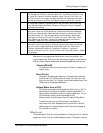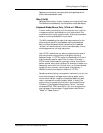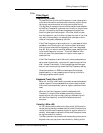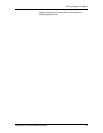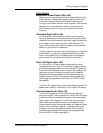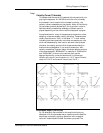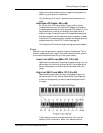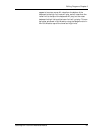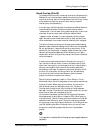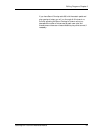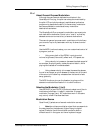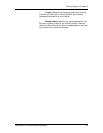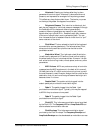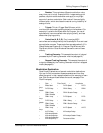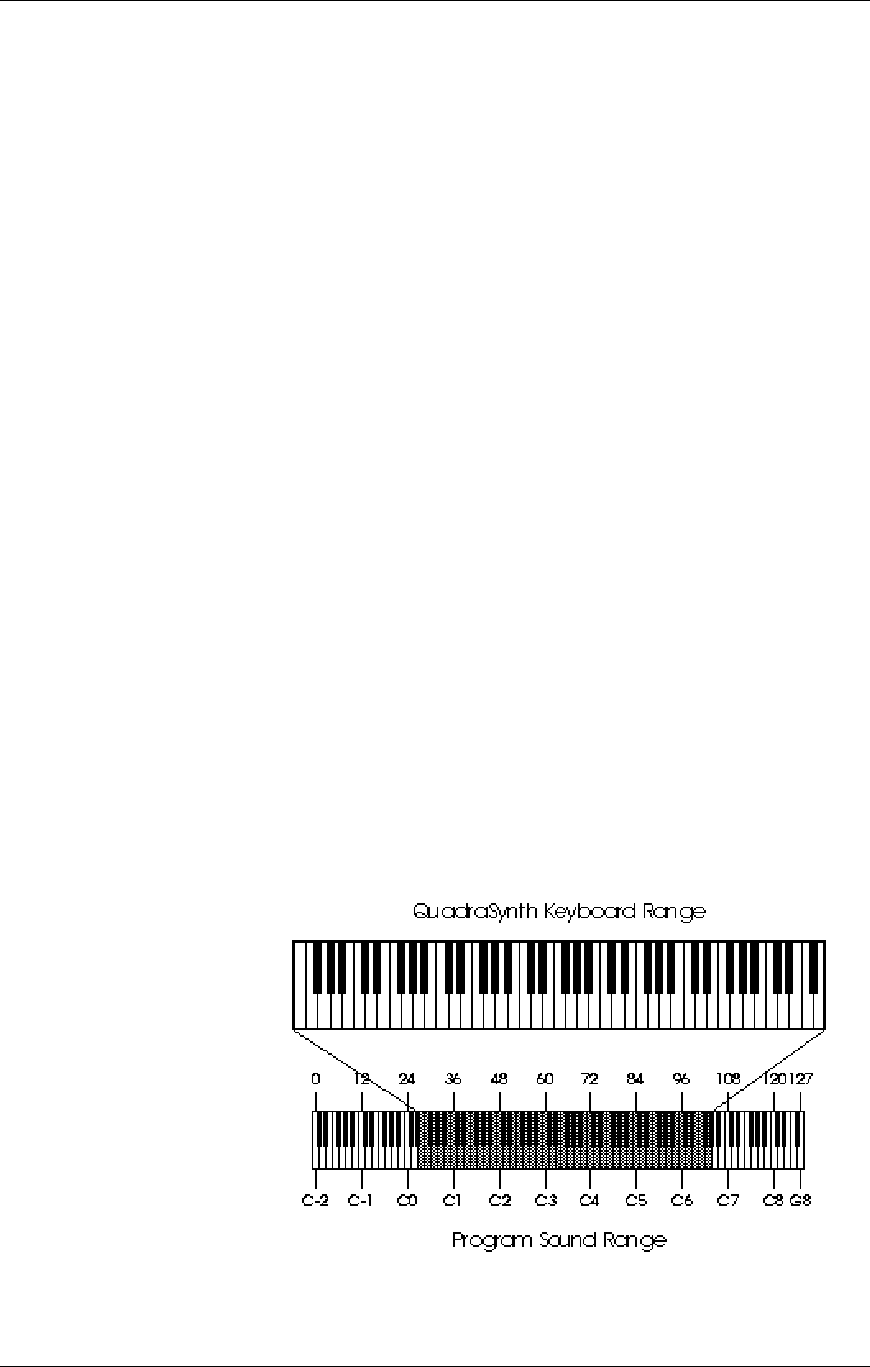
Editing Programs: Chapter 6
QuadraSynth Plus Piano Reference Manual 89
higher the number (either positive or negative), the greater the
effect for a given amount of aftertouch.
Tip: Use aftertouch to “swell” the amplitude of brass and horn
parts.
Amplitude LFO Depth (-99 to +99)
At +00, the Amp LFO has no effect. Higher positive values
increase the amount of LFO modulation. Negative values give
the same apparent effect, but with reversed LFO phase (i.e., if the
amplitude would normally be increasing with depth set to a
positive number, the amplitude would instead be decreasing at
that same moment had the depth been set to a negative number).
Amplitude LFO parameters (such as speed and wave shape) are
programmed within the ALFO Function (see page 70).
Tip: Amplitude LFO set to a triangle wave gives tremolo effects.
Range
Each sound can be restricted to a specific range of the keyboard. This is
ideal for creating splits (e.g., bass in the lower octave and a half, piano in
the middle three octaves, and strings in the upper octave).
Lower Limit (MIDI note 000 to 127/ C-2 to G8)
Specifies the lowest note of the sound’s keyboard range. You can
set the lower limit by holding Quad Switch [1] and tapping the
key on the keyboard you want to set as the lowest note in the
range.
High Limit (MIDI note 000 to 127/ C-2 to G8)
Specifies the highest note of the sound’s keyboard range. You
can set the high limit by holding Quad Switch [2] and tapping
the key on the keyboard you want to set as the highest note in
the range.
Tip: By setting the lower limit above the high limit, you can
create a “hole in the middle” effect. This makes the sound



